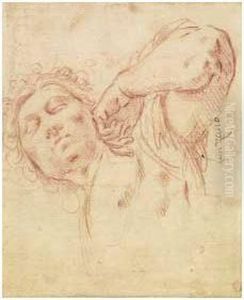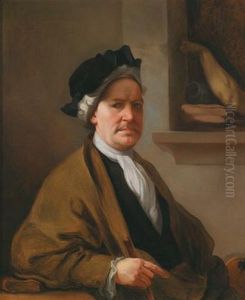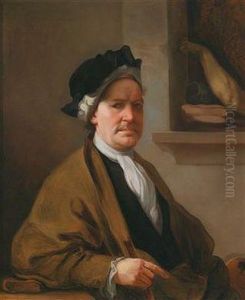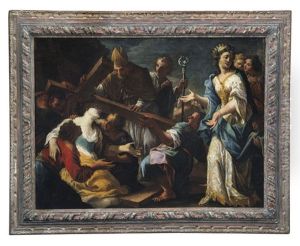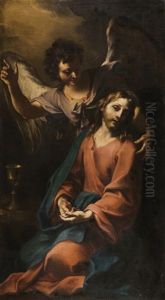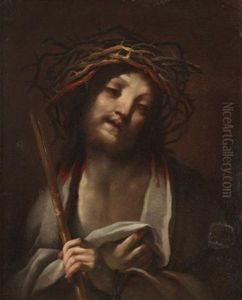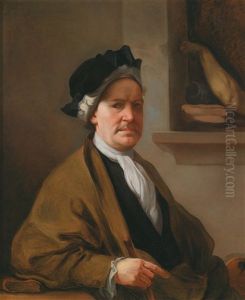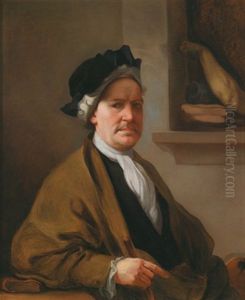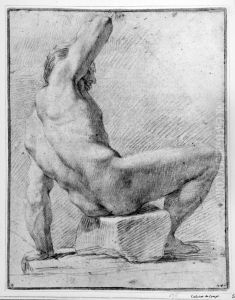Andrea Lanzani Paintings
Andrea Lanzani was an Italian painter born in 1645 in Milan, a city with a rich cultural and artistic heritage, especially during the Baroque period. Lanzani's career blossomed during an era when Baroque art was at its zenith, characterized by dramatic expression, rich colors, and intense light and shadow contrasts. Despite the prevalence of this style, Lanzani managed to carve out a distinctive niche for himself within the Milanese art scene and beyond.
Lanzani received his early training in Milan, but like many artists of his time, he sought inspiration and learning from Rome, the epicenter of Baroque art. His work was influenced by the dramatic chiaroscuro of Caravaggio, the dynamic compositions of the Carracci family, and the classical idealism of Raphael. However, Lanzani did not merely imitate his predecessors; he infused his paintings with a personal touch, particularly in his religious and mythological scenes, which are noted for their emotional depth and vibrant palette.
Throughout his career, Lanzani enjoyed the patronage of important religious and secular figures, which allowed him to work on a variety of projects, including altarpieces, frescoes, and private commissions. His ability to blend the spiritual fervor of the Counter-Reformation with the emerging sensibilities of the early Enlightenment period made his works particularly appealing to contemporary audiences.
One of Lanzani's most significant contributions to the art world was his role in the transition from the high Baroque to the more ornate Rococo style. While his early works are firmly rooted in the Baroque tradition, his later paintings exhibit a lighter touch, softer colors, and a shift towards more decorative elements, heralding the Rococo movement that would dominate European art in the 18th century.
Andrea Lanzani passed away in 1712, leaving behind a legacy that, while perhaps not as widely recognized as some of his contemporaries, played a crucial role in the development of Italian Baroque art. His works can be found in churches, galleries, and private collections across Italy, each a testament to the enduring appeal of his unique artistic vision.
